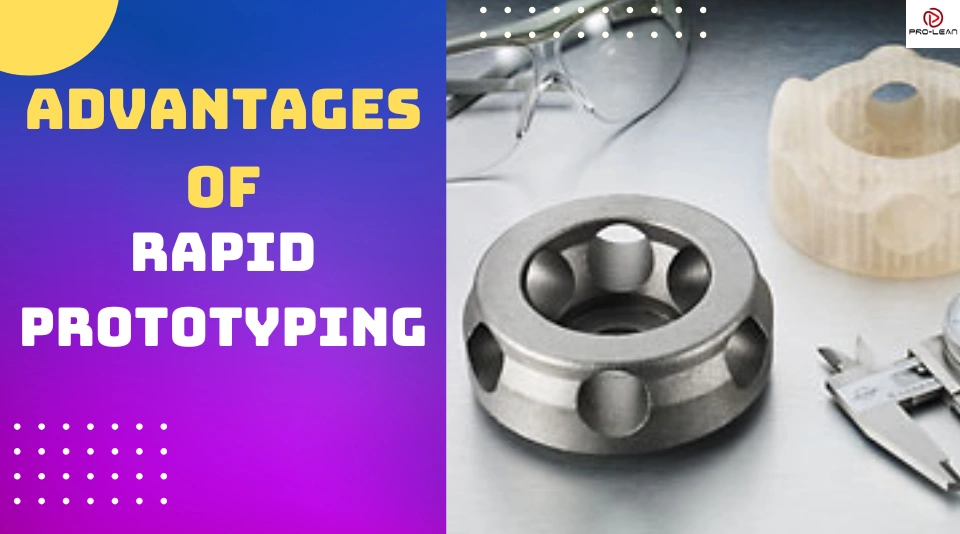
Advantages of rapid prototyping
Clients everywhere value two things: A project delivered on time and within the budget. Yet, many providers struggle to meet these seemingly simple requirements.
Even if they aren’t simple, the rapid prototyping advantages – reduced development costs, higher speed, testing the design functionality, and avoiding costly mistakes – mean that providers can gear towards addressing the issues, predictably.
Rapid prototyping is all about developing a version of the final project and involving the stakeholders in its implementation, quickly. Product designers and engineers use this approach to develop and test prototypes in readiness for the production stage.
In this article, we give a rundown of the main advantages of rapid prototyping in various industries.
But First, What Is Rapid Prototyping?
The meaning of rapid prototyping is the process of directly producing a preliminary or pilot version of a product from a computer-aided design (CAD) software to evaluate various aspects of the product, like mechanical properties, shape, technology, and materials.
The part or product is usually built through 3D printing, hence the sometimes confusion between the two concepts. Prototype builders tend to prefer 3D printing for its additive manufacturing nature that doesn’t need conventional tooling.
However, CNC machining, vacuum casting, injection molding, and stamping are other processes that could be used for rapid prototyping. Important related insights can be found in the CNC machining vs injection molding comparison.
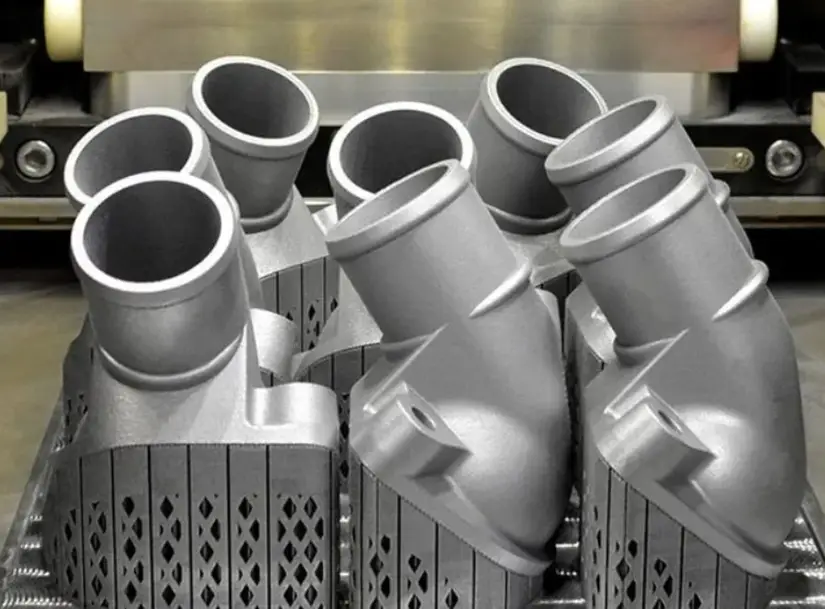
Metal prototypes
All these technologies enable engineers and designers to test and refine their designs promptly.
Try Prolean Now!
The Main Advantages Of Rapid Prototyping
Designers, manufacturers, end-users, and suppliers can accrue many benefits from rapid prototyping if they get in contact with our experts team. Speed is a leading benefit, but the effect of the concept on the product development cycle is even more impactful.
Advantages such as reduced product development costs, enhanced teamwork, earlier detection of design flaws, and functionality tests for the design demonstrate that the impact is economic, technical, and social.
Advantage 1: Faster Product Development
Rapid prototyping helps engineers and designers avoid spending time working on something that won’t work after all. Delaying a project slightly to get feedback from all involved may sound like a waste of time, but the input gathered is helpful in critical decision-making.
Consider the manufacture of dashboard parts of a new car design. An engineer who continuously asks for feedback on the component will arrive at an approved result faster than one who completes the entire dashboard only to be advised to redo it, step by step.
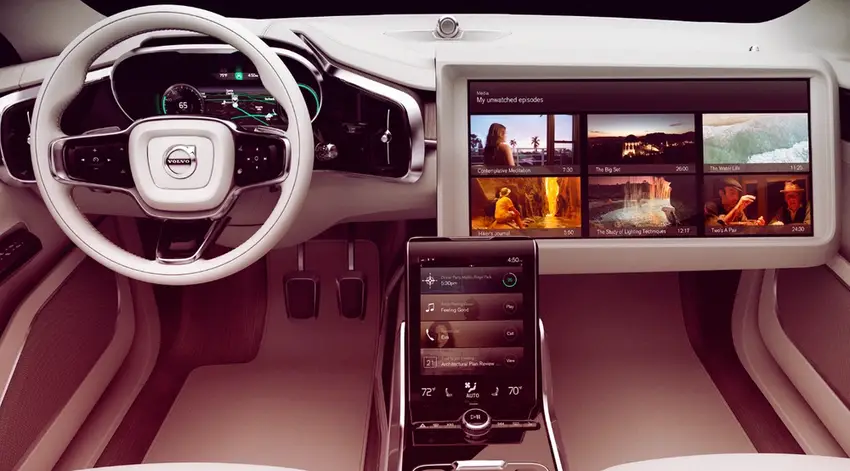
Car dashboard prototype
Most engineering components require comprehensive approval for safety, ergonomics, and aesthetics, so rapid prototyping is a valuable strategy in minimizing time spent.
Advantage 2: Reduced Product Development Costs
Before rapid prototyping, engineers had only their designs and drawings to refine their products. When the prototype building was finally approved, they would identify problems that were not evident from the engineering drawing.
Since the materials and processes to build the prototype were conventionally expensive, this approach proved to be financially draining. Rapid prototyping effectively solves that economic problem.
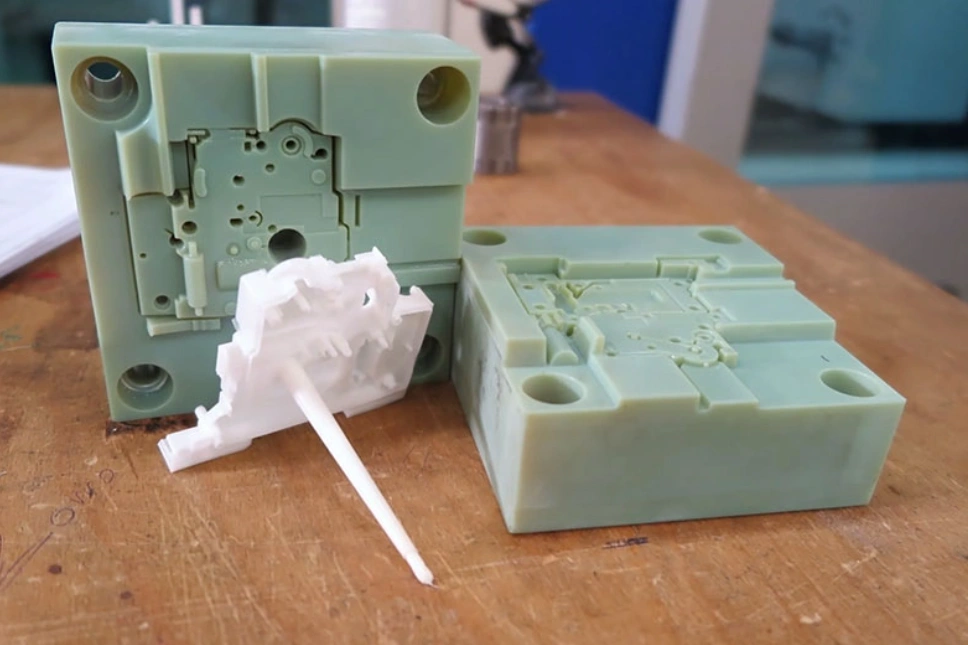
Low-cost prototype injection molding
Engineers can now manufacture scaled design models at a significantly lower cost using cost-effective rapid prototyping materials and subject them to working conditions for tests. The massive savings in product development are usually evident in the profit margins.
Comparing the different technologies available, for instance, 3-axis vs 5-axis CNC machines, can help discover finer details of reducing production costs.
Advantage 3: Earlier Detection Of Design Flaws
Design errors in terms of assembly and geometry are a major problem if they go undetected because they could degenerate into manufacturability problems, poor tolerances, misalignments, and incorrect measurements, among others.
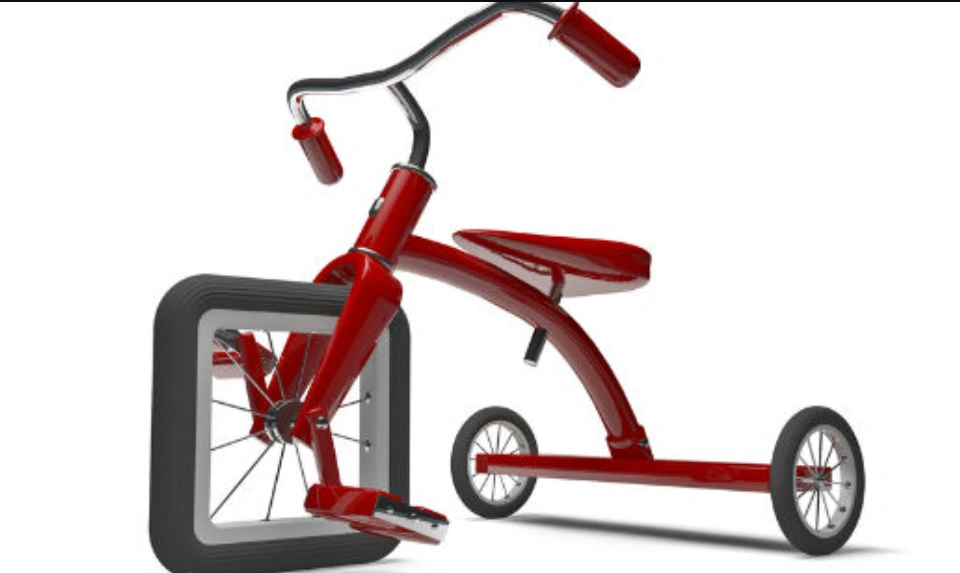
Design flaws are avoidable
If rapid prototyping products are not used, the chances of having to redesign some parts later in the product development cycle are high. Consider a CNC-machined part that was approved after digital simulation despite having extremely thin walls. However, CNC machining proved troublesome or even impossible because the wall kept getting damaged.
With rapid prototyping, such an issue is discovered much earlier and rectified.
Advantage 4: Helps In Testing The Functionality Of A Design
Absurd as it may sound, there have been instances when teams manufactured a product, only to realize it doesn’t serve the intended purpose. All the time, money, and ideas come to a naught in such an agonizing manner.
With rapid prototyping, companies can use the working model of the product to test the functionality in real-world situations. Whether scaled down or even made from differently manufactured components, the idea is to have rapid prototyping products that can be tested before the real manufacturing commences.
It is noteworthy that even mainstream manufacturing methods can help in rapid prototyping manufacturing, for instance, small-batch CNC machining.
Advantage 5: Enhances Teamwork
Rapid prototyping is one of those concepts that encourages inter-disciplinary interaction and understanding. Different departments are involved in constant communication – from technicians to senior management.
This close interaction fosters team collaboration, successfully aligning different teams along a common goal, encouraging collective problem-solving, and enhancing a deeper level of unity.
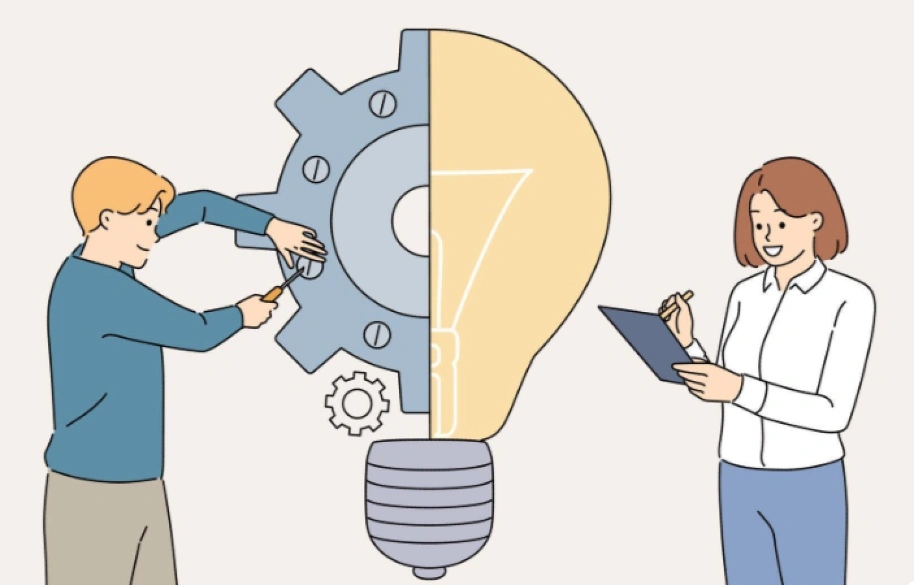
Rapid prototyping fosters teamwork
There are numerous specific benefits an organization can accrue from the closeness, including higher organizational agility, stronger relationships across departments, and more effective conflict resolution.
Advantage 6: Trying Complex Geometries And Designs
With rapid prototyping, it is possible to explore geometries and designs that would be challenging with conventional manufacturing technologies. The design team can utilize this solution to innovate more, especially in combination with advancements in supportive technologies such as integrated CAD/CAM workflows, generative design solutions, and computational fluid dynamics (CFD) simulation.
Advantage 7: Promotes Sustainability
Rapid prototyping, being an additive manufacturing process, is excellent at minimizing material wastage. The part is built layer by layer with very minimal, if any, wastage of material.
The rapid prototyping process’s efficiency aside, the design can be optimized using the latest software to ensure the part being manufactured is the right one.
Read more: China CNC Machining Services Guide, Milling vs Drilling, Milling Machine Vs. Lathe
Try Prolean Now!
In Conclusion
This article outlines several advantages of rapid prototyping, including faster design approval, reduced tooling costs, and parts customization when demanded. By avoiding design errors, reducing lead time, and enhancing stakeholder engagement early, RP has proven to be a serious business enabler for all stakeholders.
ProleanTech is a leading CNC machining solutions provider with clients and partners in China and overseas, supporting your rapid prototyping requirements for utmost client satisfaction.
Contact us to find out how our machining services can help take your business to the next level.
FAQs
What is the major advantage of rapid manufacturing?
The major advantage of rapid manufacturing is the enhanced speed-to-market, which is different from traditional manufacturing processes that are slower and less cost-effective.
What is the main advantage of the rapid prototyping life cycle model?
The main advantage of the rapid prototyping life cycle model is the iterative validation approach, which minimizes risks early in the product design process.

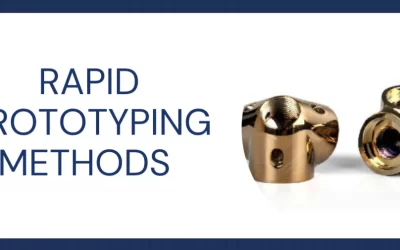
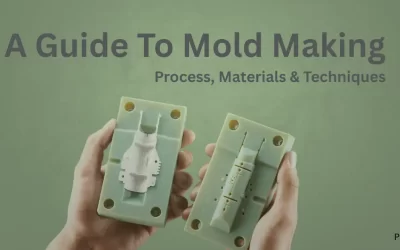
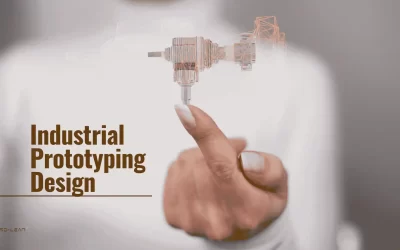
0 Comments